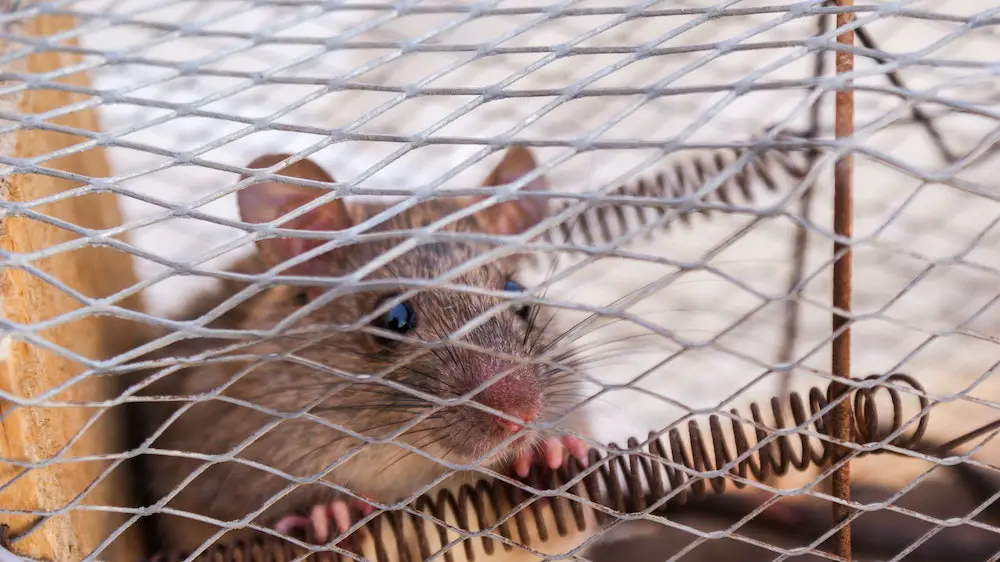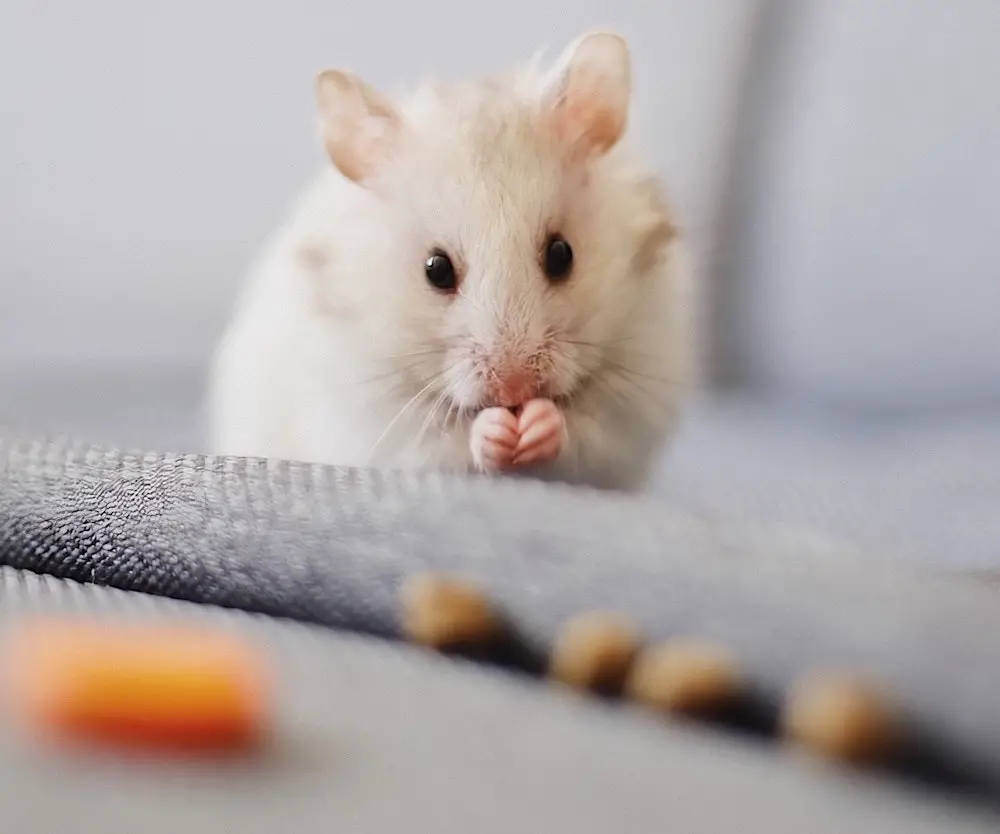Mice are sentient animals capable of experiencing a wide range of emotions, including pain. They are social creatures that build interpersonal relationships which they mourn when separated.
As much as you might not want some in your house – you can't you help but wonder if mouse traps are a cruel form of pest control.
As a general rule, mouse traps are cruel. They result in mice suffering for hours or even days before dying and do not solve your rodent problem in the long run. However, cruelty-free mouse trap alternatives are available if you want to catch and safely release the animal.
If you are looking for a cruelty-free way to keep mice and other rodent friends out of your home – we can help. Read on to see different types of cruelty-free mouse traps along with ways to prevent them from getting in your house in the first place.
What Makes Mouse Traps Cruel?
Most mouse traps you find in the store are cruel, even if they are advertised as humane since they don't always work as well as they say they do. Because of this, consumers are not always aware of the torture they are putting these sentient animals through.
Here are some of the most inhumane mouse-trap options that you should never use.
Glue Traps Cause Extended Suffering
When you trap a mouse with a glue trap – it ends up struggling for its life for hours. Once any mouse is caught it’s impossible to set themselves free. What generally happens is they panic and eventually die of starvation. This is how the trap is designed to work.
Sometimes they get their heads stuck to the glue too, which results in them suffocating to death. Either way – it is extremely cruel and painful to endure. There is no need to put any animal through that.
Spring Traps Don't Always Work Correctly
Spring traps are often considered humane because they are meant to kill mice instantly. But these traps are not always what they seem. Many are poorly designed and don’t catch the mouse on the head or around the neck.
Instead, the mouse is usually injured around the abdomen rather than killed. They usually suffer for hours until people find them or eventually die of starvation or blood loss.
If you plan to use a spring trap, make sure you buy one that ensures the mouse's head is in the correct position before going off.
We do not recommend using spring traps. But if someone has to use one, remember to follow these best practice guidelines:
If a mouse is still alive in a spring trap, you will need to kill it humanely and quickly. Spring mouse traps should be checked every 12 hours to ensure no mice are suffering.
Poison Causes Mice to Feel Sick
Although this is not a trap per se, poison is another method many people use to keep mice out of their homes. The problem with this is that it takes a while to build up in their system, resulting in a prolonged death. Just like it does in people.
The poison causes the mice to bleed internally and suffer from seizures and abdominal pain. As it builds it up in their system, they experience more and more pain until they eventually die.
The other downfalls to using poison are that:
Humane Mouse Traps
As mentioned before, there are some cruelty-free mouse traps that we recommend. They do not result in prolonged suffering and are effective at trapping mice that make it into your home.
Types of Live Mouse Traps
There are many live mouse trap designs to choose from. As long as the trap is designed to have the trigger in the back so that the door does not harm the mouse when it falls, it will be a safe and humane option.
Different live mouse traps options include:
Using A Live Mouse Trap
A cage or box trap that captures mice without killing them is probably the most humane ways to handle your rodent problem.
Remember to check these traps every couple of hours because trapped mice can die in a few hours from:
To prevent this from happening, you should put essentials within the trap, such as water and bedding, to keep them as comfortable as possible until you find them.
Once you catch a mouse, you should release them somewhat close to where they were trapped because further relocated mice aren't familiar with where to find shelter or food and will likely die.
If you decide to stop using your trap, make sure to bleach and disable it so that mice do not accidentally get caught within it.
Preventing Mice from Entering Your Home
Live mouse traps work great for getting mice out of your home, but nothing is stopping them from coming back in. That is why many people think they need mice traps that kill, but all they do is eliminate competition for other mice to easily come in and have access to your food and shelter.
The best way to get rid of your mouse problem is to keep mice from getting into your house in the first place.
Eliminate Access to Food
Mice are drawn in by food, which is why you should keep your house free of crumbs. You should also store your food in chew-proof containers and keep your trash tightly sealed.
When it comes to your pets, always feed them indoors and pick up their food at night. Their food should also be stored in a chew-proof container.
You should also never feed wildlife and do your best to pick up food that has fallen to the ground in your garden or orchard.
Reduce Hiding Places
Keep your grass trimmed so that mice cannot easily hide in it. Also, make sure that you store outside belongings away from your house so that if mice use it as shelter, they cannot easily move from it into your home. Outdoor belongings include things such as:
Determine Where Mice Enter Your Home
Use a flashlight to figure out where mice are getting in by locating gaps and holes around your house. Remember that mice can fit through a hole the size of a dime.
When searching, look for signs of chewing or feces to help you determine where the mice are most frequently getting in.
Repel Mice From Entering Your Home
Once you have figured out possible entrance points, you can do a few different things to get and keep the mice out.
Do this for a few days to ensure all mice have been repelled.
Seal Up Your Home
After repelling the mice, temporarily seal the entry points with insulation or steel wool. Once you are positive there are no more signs of mice coming through that entrance, permanently seal it with:
If mice continue to get into your home after this is done, catch them with a live trap and continue to search your home for more entry points that you may have missed.
Humanely Keeping Mice from Your Home
Most mouse traps are cruel and don't solve your mouse problem in the long run. If you plan to use a mousetrap, use a live bait one and make sure you release the mouse nearby from the capture site.
To solve your mouse problem, use the live trap with preventive methods such as eliminating crumbs around your house and sealing up entry points. That way, you are keeping mice out of your home without killing them or making them suffer.


